LG G8X hands-on: Detachable Dual Screen makes for a practical (but uninspired) foldable
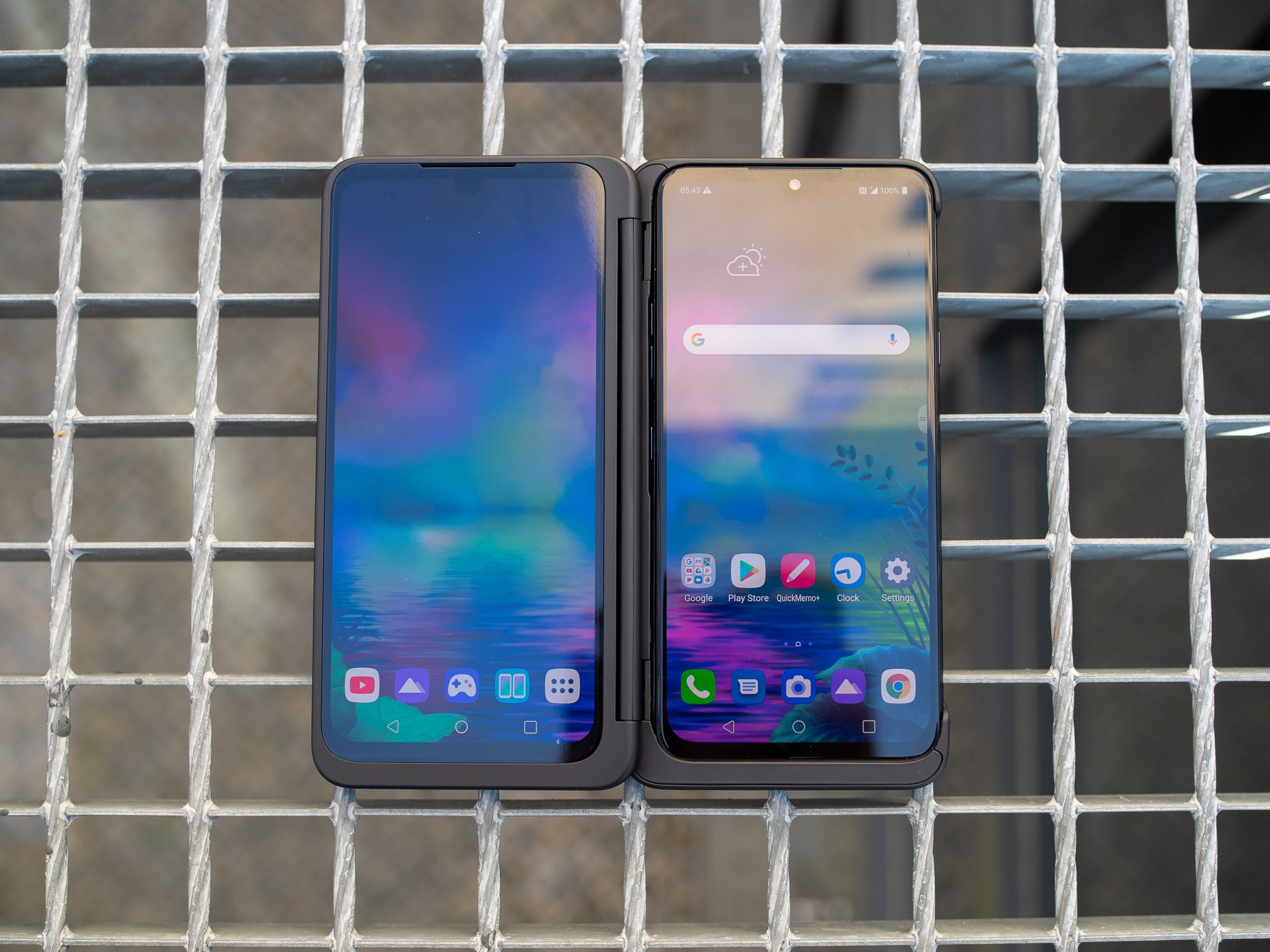
LG's flagship smartphone strategy at times feels slow, rudderless and confusing. It continues to release substantially similar phones over and over again, with a naming scheme to match. Five months removed from the LG G8, we have the G8X: a slightly larger G8 without the depth-sensing cameras, but now with the ability to attach a secondary display like the LG V50.
Sure the G8X with the Dual Screen attached looks a little goofy. And it doesn't have the svelte and streamlined futuristic feel of the Galaxy Fold or Mate X. But after using one for about an hour, I actually see it being considerably more practical than either aforementioned foldables. Here's why.
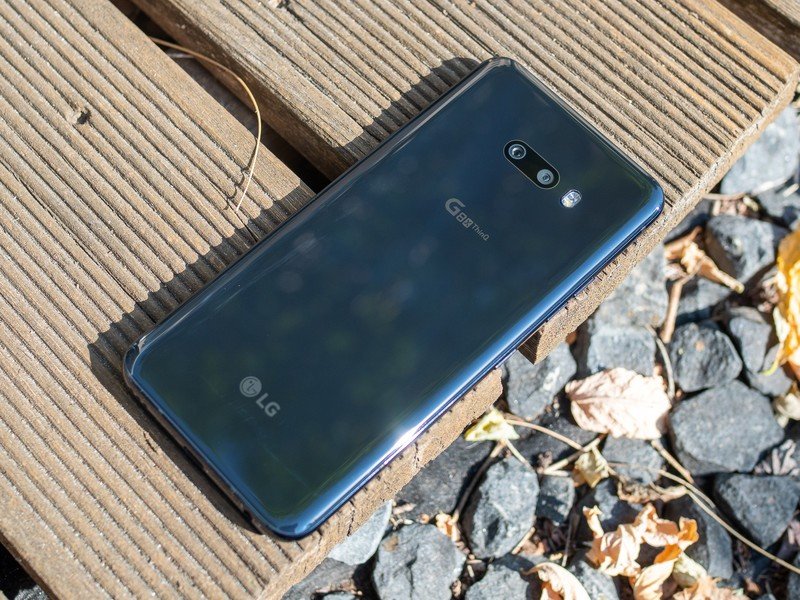
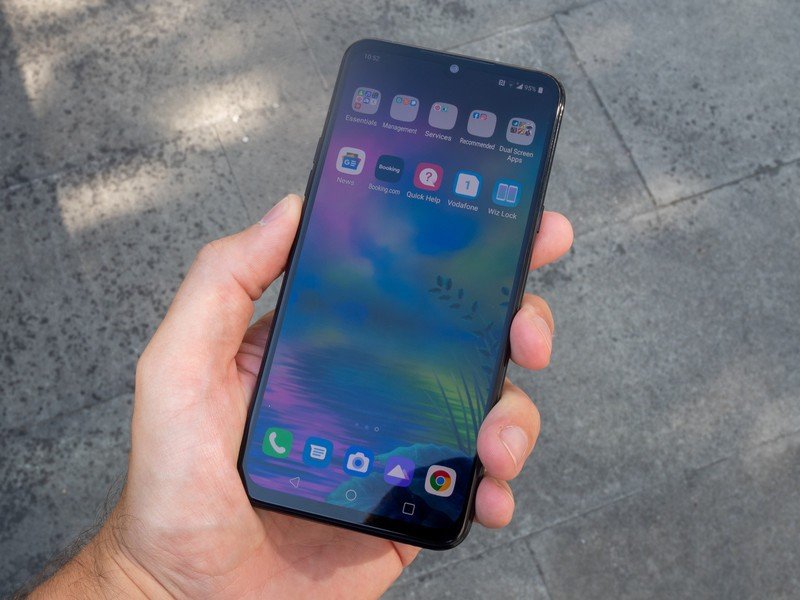
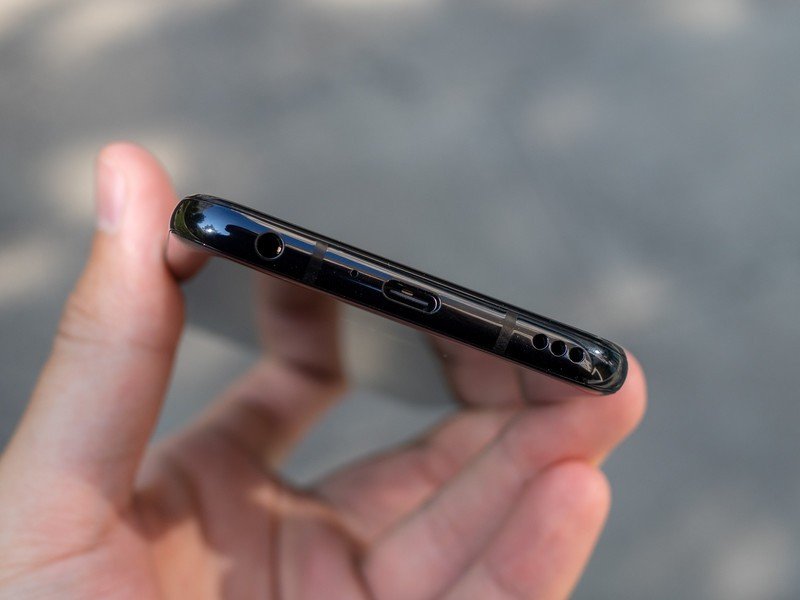
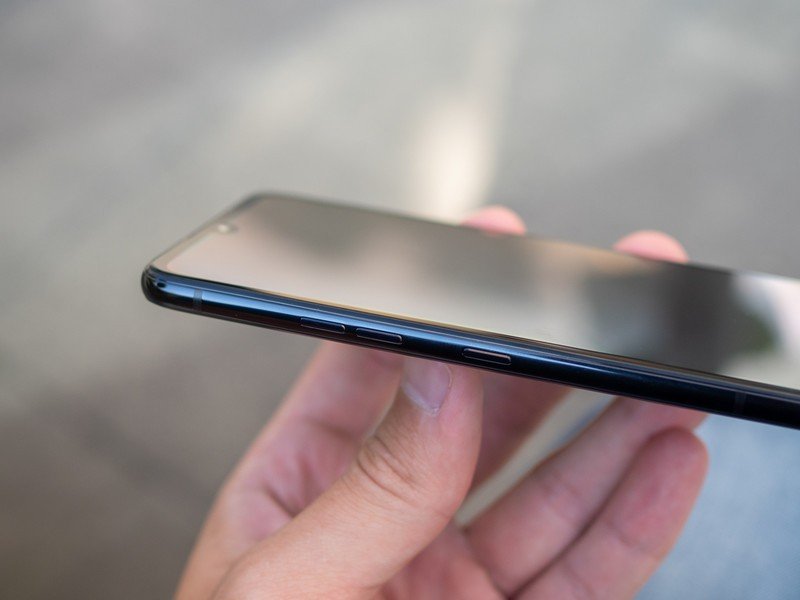
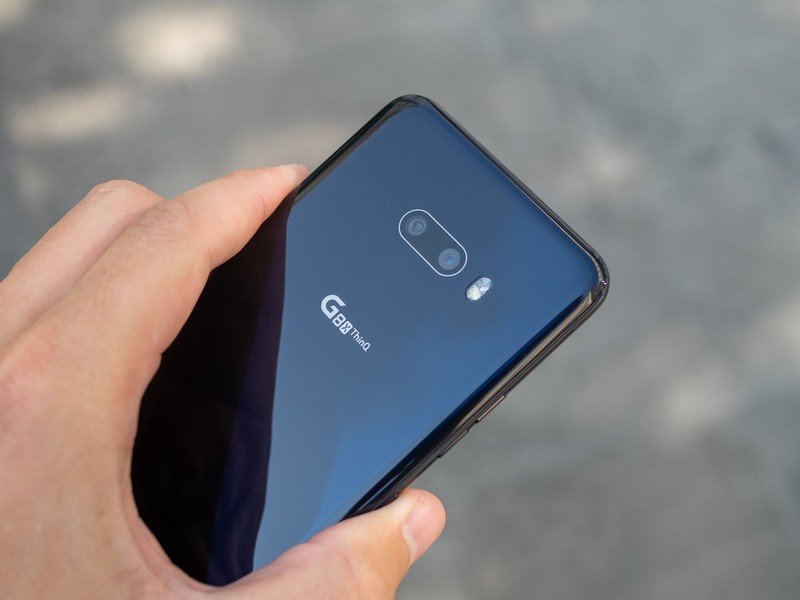
The G8X itself is, well, expectedly familiar. It's a G8 in materials and specs, but with a larger 6.4-inch OLED display and bigger 4000mAh battery to fill up the extra internal volume, and a new 32MP front-facing camera. It looks and feels like a proper 2019 flagship phone, with a hefty feel that's dominated by glass, with accents of a metal frame, and a large screen that fills your hand. The only part of the experience that somehow feels dated is the display bezels, which are quite large around the entire perimeter — despite no longer containing the G8's depth-sensing camera array — compared to the Galaxy Note 10+ I've been using.
The G8X seems like a fine phone, but it's basically a G8 — what matters is the Dual Screen.
LG is also using the G8X as a launch platform for its new "LG UX 9.0" software, which looks and feels like a substantial refresh across the board. The interface is cleaner, simpler, easier to navigate and certainly easier on the eyes. Fonts are bigger and everything is a bit more spread out, and LG has paid attention to putting touch points and important interface elements on the bottom half of the screen when possible. Frankly it looks a lot like Samsung's One UI, but that's not a bad thing — both considering what we were using on LG phones up to this point, and how good Samsung's interface is.
The G8X seems like a fine phone, in the same ways the G8 and V50 were fine phones. But it isn't fair to talk about the G8X on its own, really — this mid-cycle refresh is all about introducing the Dual Screen attachment. Unlike the original G8, the G8X has a new-and-improved version of the Dual Screen accessory that was available for the V50 internationally.
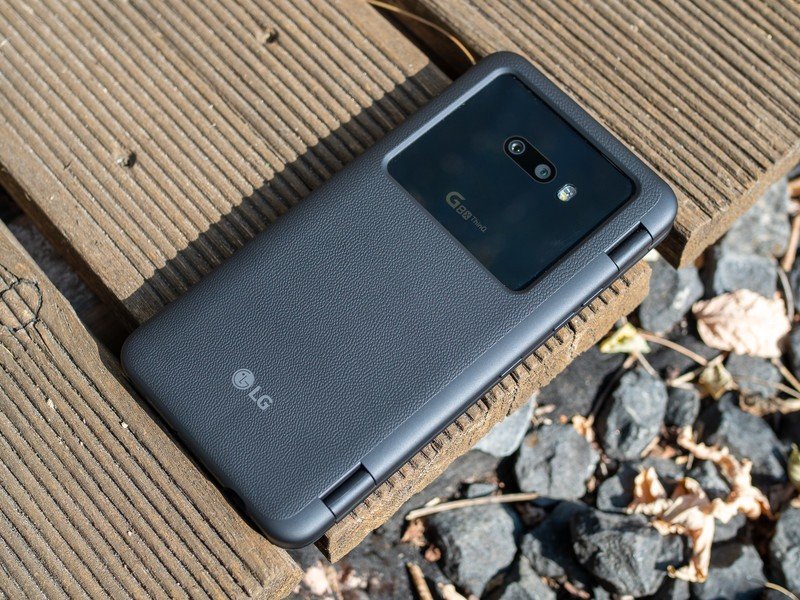
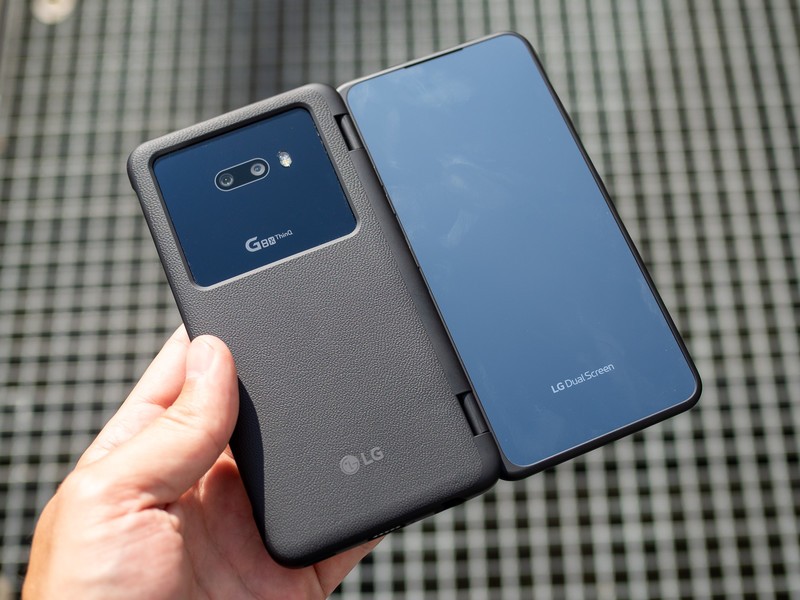
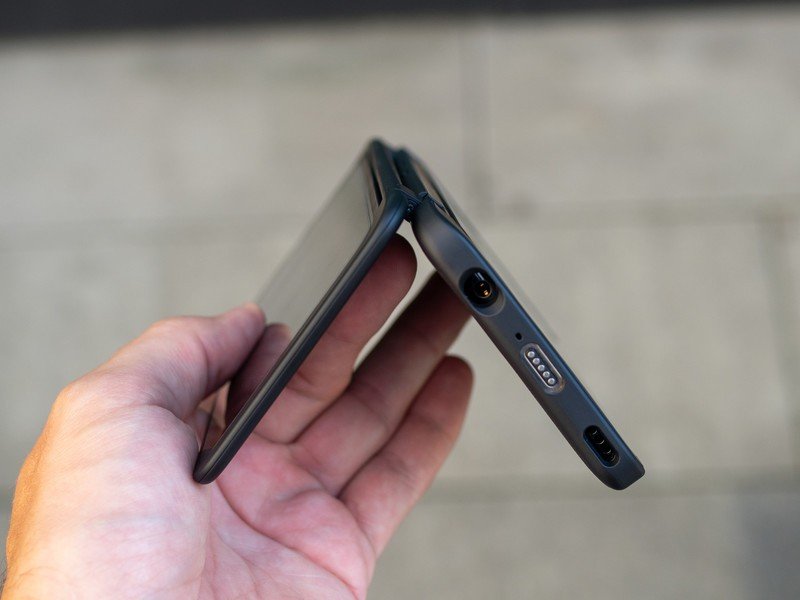
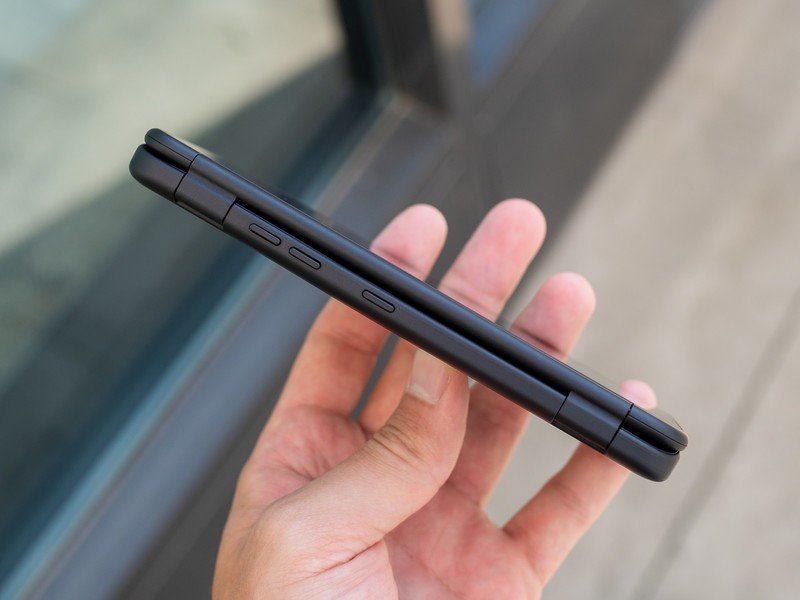
The Dual Screen is a simple contraption. It clips on like a typical hard case, but has a USB-C connector that you have to slot the phone into — which powers another screen attached with a hinge mechanism on the left edge. It's a little thick, and a little clunky, but it doesn't feel too far out of the realm of wallet cases I see so many people using on their phones. The only questionable design decisions come on the outside — the Dual Screen's cover is glass, which adds weight and provides no practical benefit, and there's an additional 2.1-inch rectangular "cover display" that shows basic status information (but isn't configurable) and doesn't seem to add much to the experience.
Sure it's a little goofy, but as far as this sort of thing goes it's well executed and functional.
The Dual Screen panel is the exact same 6.4-inch OLED as the phone, down to the notch cutout at the top — which of course doesn't have a camera or any other sensor in it ... it's just blank. For "symmetry." Notch silliness aside, this was a great move; when the screens are sitting side-by-side, it's important to have their colors and brightness be as similar as possible. Moving to a physical USB-C connection from the V50's wireless was also smart, because there isn't any worry of latency or connection issues; and LG was able to use Android's built-in display extension system rather than anything proprietary.
Be an expert in 5 minutes
Get the latest news from Android Central, your trusted companion in the world of Android
The screens are FHD+ resolution, rather than the expected QHD+, but I assume this was under consideration of the GPU's ability to drive dual QHD+ displays — and rather than run into those issues or have to have different resolutions, LG chose to stick to FHD+. And honestly, in my (admittedly short) time with the phone I didn't notice at all.
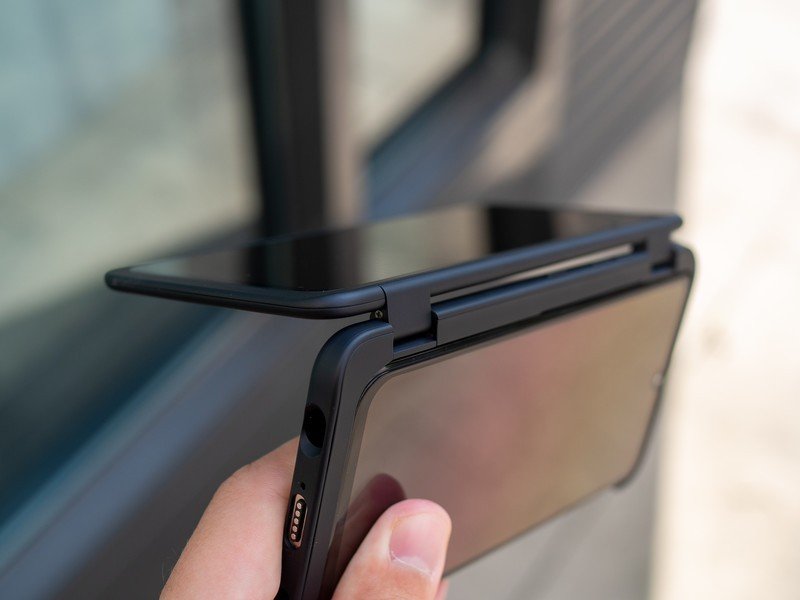
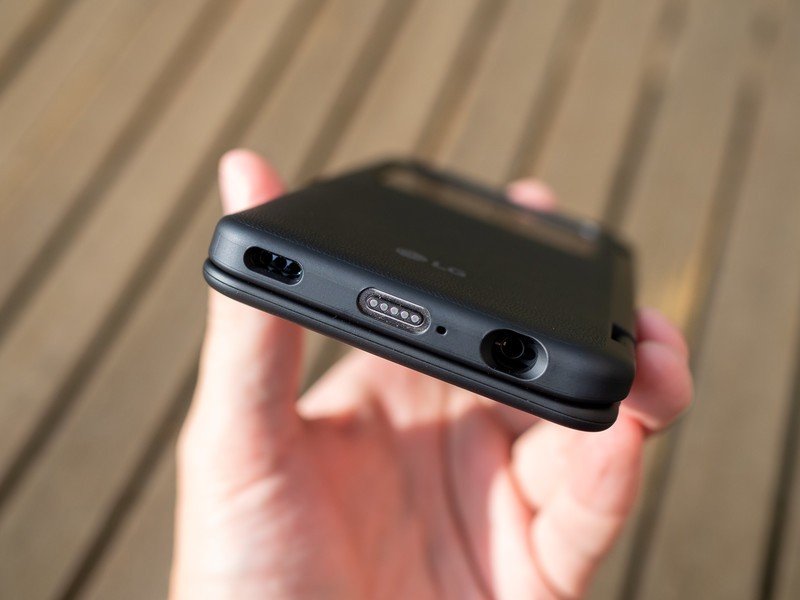
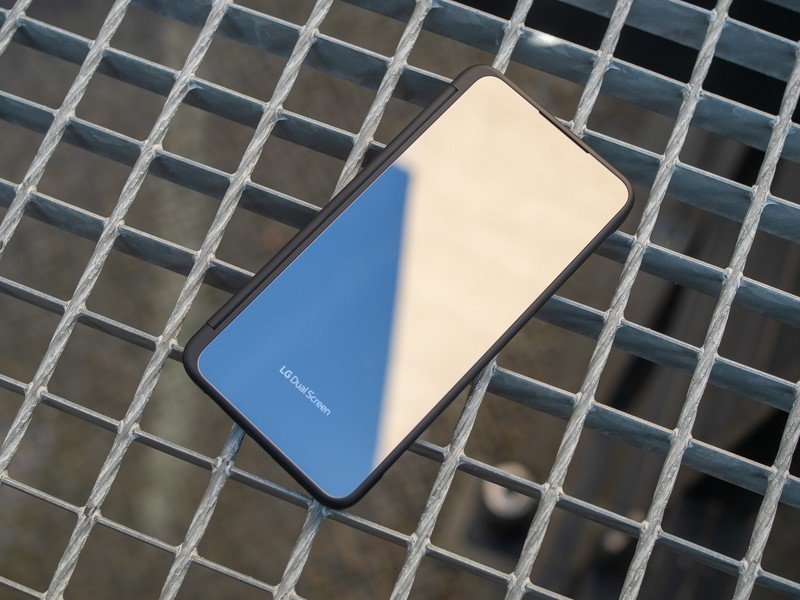
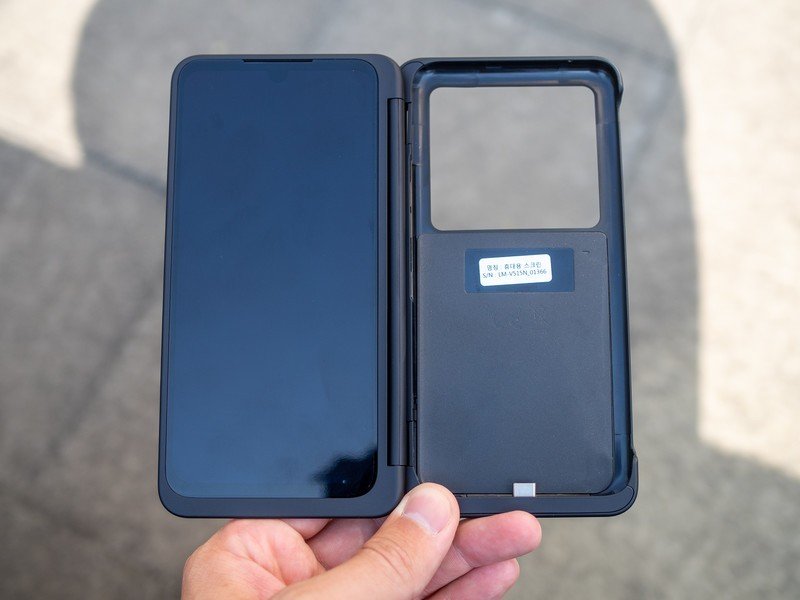
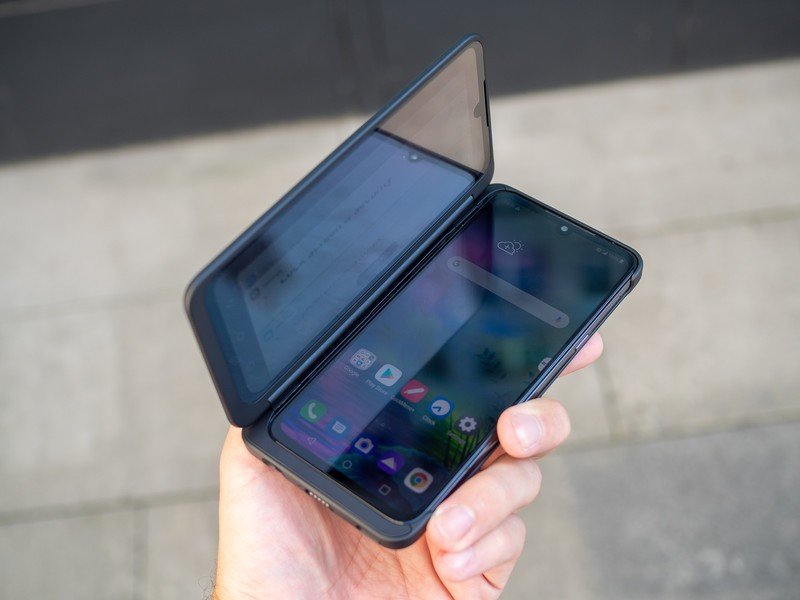
The best part about the Dual Screen is that it pretty much just works like you expect. By default it just extends your home screen, and it also shows your app drawer on the Dual Screen when you open it. Both screens can be controlled independently, running two individual apps separately with no noticeable performance decrease. You can open, close and multitask apps on each one without affecting the other; each gets its own back, home and multitasking buttons.
The cases for using two screens at the same time are easy to understand.
A quick floating tool button lets you switch apps between the two screens, or change to different viewing modes. With certain (and very few) properly-designed apps, you can display one app across both screens with content intelligently displayed. Most apps, when extended, just stretch across both screens for a relatively clunky experience considering the bezel in the middle. And as a big bonus for games, you can use a customizable virtual game pad on the bottom screen while viewing the game itself on the top.
The use-cases for a second screen are easy to understand. When you're scrolling through Chrome on one screen and click a link, the new window opens on the other screen. You can have a YouTube video playing while you research something on the other side. Or you can reference a document on one screen while you write or read an email on the other. Doubling the screen real estate is always useful, both for work and play. And LG's handled it all smoothly in software, with a nice split keyboard view and a couple small tweaks to handle transitions between screens.
You may not always want the Dual Screen, but it easily folds out of the way or comes off entirely.
The Dual Screen's hinge looks a bit big, but it's for good reason — it can be set to any position between fully open and fully closed, like a laptop, and stay in place tightly. That means you can prop up the Dual Screen to play a game or watch your text entry while you type, twist it around to prop up the screen, or turn it around to more of a tent mode for dual viewing with someone else. The Dual Screen feels solid and stable, even when holding one side in each hand in portrait mode.
And when you don't want that second screen, because you just need to do something simpler or want to more securely hold the phone in one hand, the Dual Screen folds all the way back and attaches to the back of the phone magnetically. The second screen turns off as soon as it's folded all the way back, and at that point it's just a G8X ... with a bit more weight and thickness. And of course you can drop the Dual Screen entirely if you know you're not going to need it for a while — LG says 30% of early V50 users keep the Dual Screen attached all of the time.
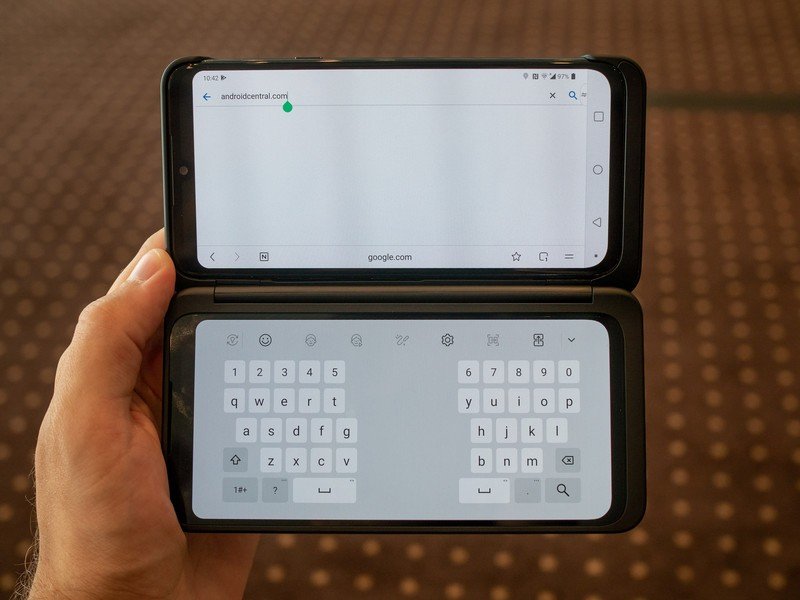
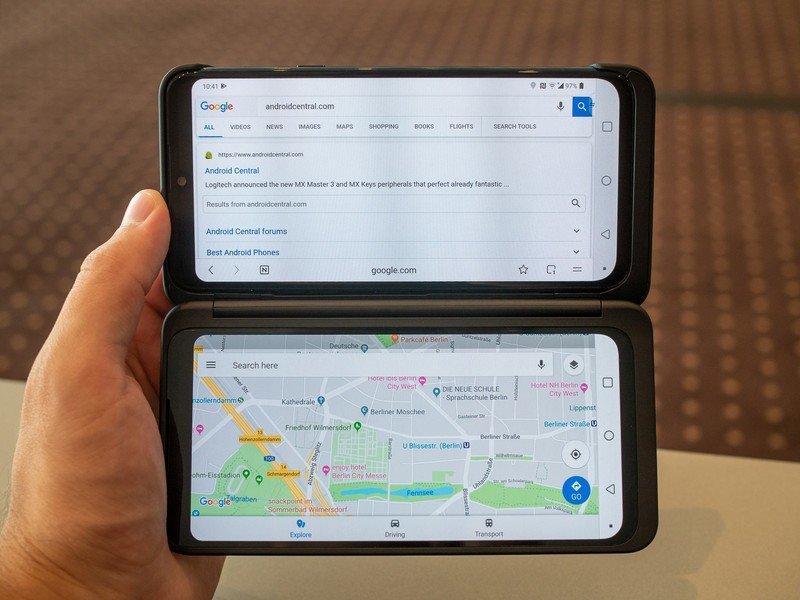
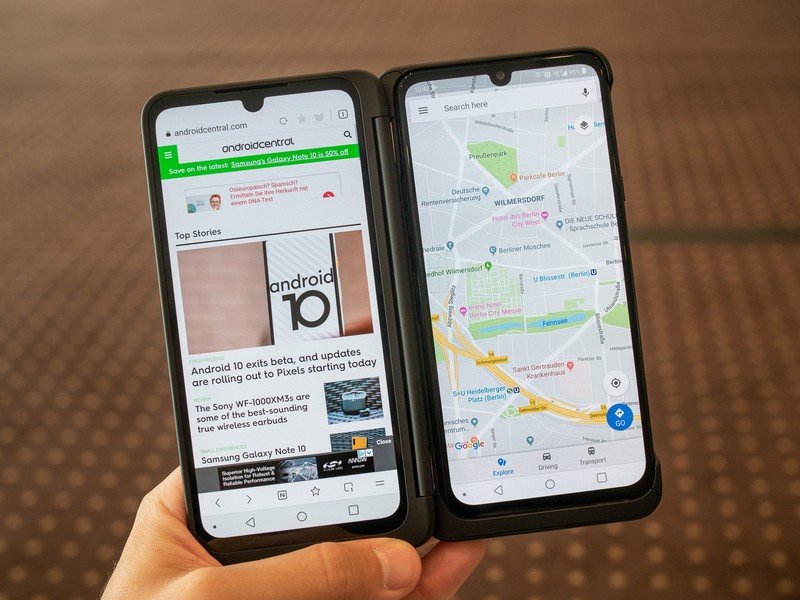
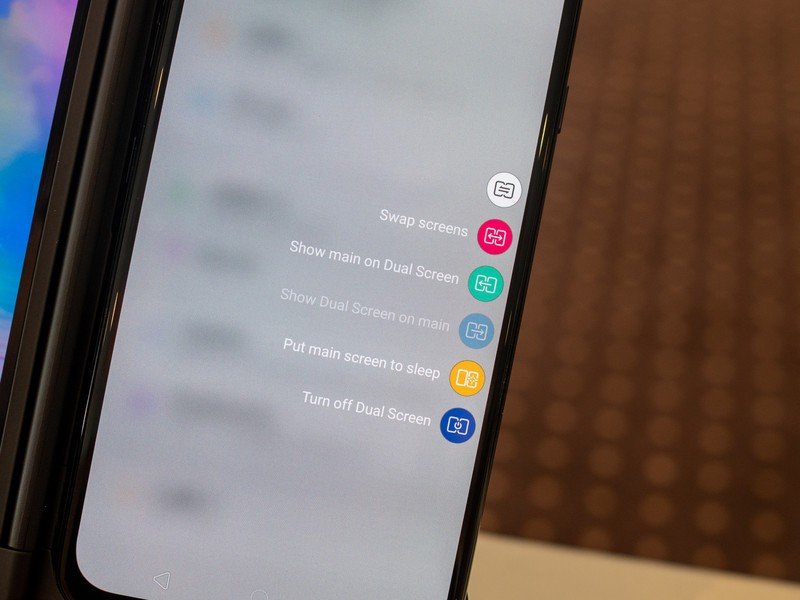
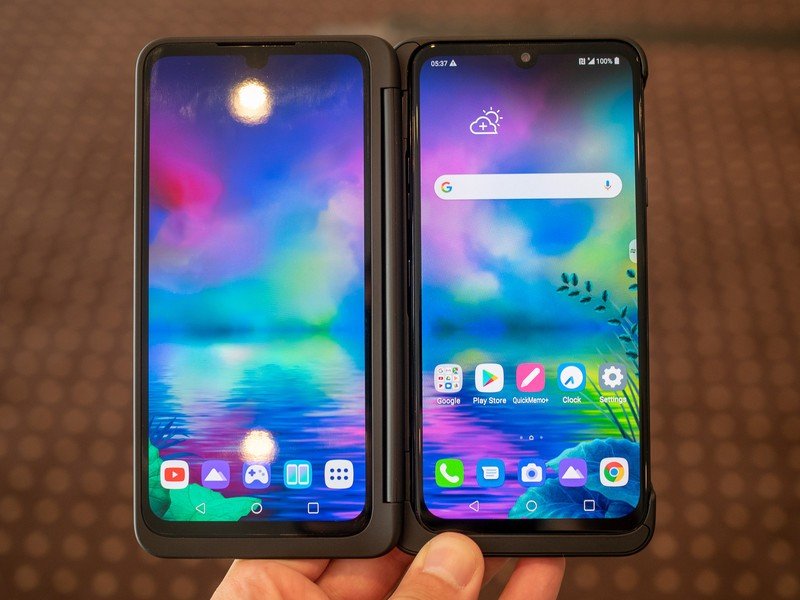
The rather hilarious part about this is whole launch is that despite the Dual Screen attachment being the reason for the LG G8X to exist, LG hasn't been able to convince carriers and retailers worldwide to include it with every sale. It's working very hard to get partners to do so, but it isn't a guarantee — and it's hard to believe many people would choose to buy such an accessory later.
LG's on to something here; I'd love to see this concept carried out a couple more generations.
Add that to the fact that we don't know what the G8X will retail for, and the jury's very much still out on this phone. If it's perhaps $850, and includes the Dual Screen, this could be really cool. Jump that up to $1000 or more, and it's a different story entirely. The G8X itself isn't particularly compelling to warrant picking out of a lineup next to a Galaxy S10+, but that Dual Screen gives it a little bit of an interesting edge — albeit a niche one.
If your interest has been piqued by foldable devices like the Galaxy Fold and Mate X, in that you see value in having a device that can be roughly "normal" smartphone sized and then expand to add extra screen real estate, the G8X is an interesting option. Yes, I completely admit it's nowhere near as futuristic or interesting looking as either of those phones. But at the same time, the G8X is considerably more practical. There aren't any trade-offs in reliability or standard smartphone features, and the displays are just normal glass-covered OLED panels that aren't in danger of being easily damaged. And though we don't know final pricing for the G8X with its Dual Screen attachment in tow, it certainly will be considerably cheaper than early foldables.
LG is doing interesting things here. Seeing how much the G8X and its Dual Screen have improved just since the V50, I'd love to see this concept carried out a couple more generations to make it a bit smaller and sleeker, taking away the final compromise of the substantial bulk, to see what people think of this form factor's capable of.
Andrew was an Executive Editor, U.S. at Android Central between 2012 and 2020.

